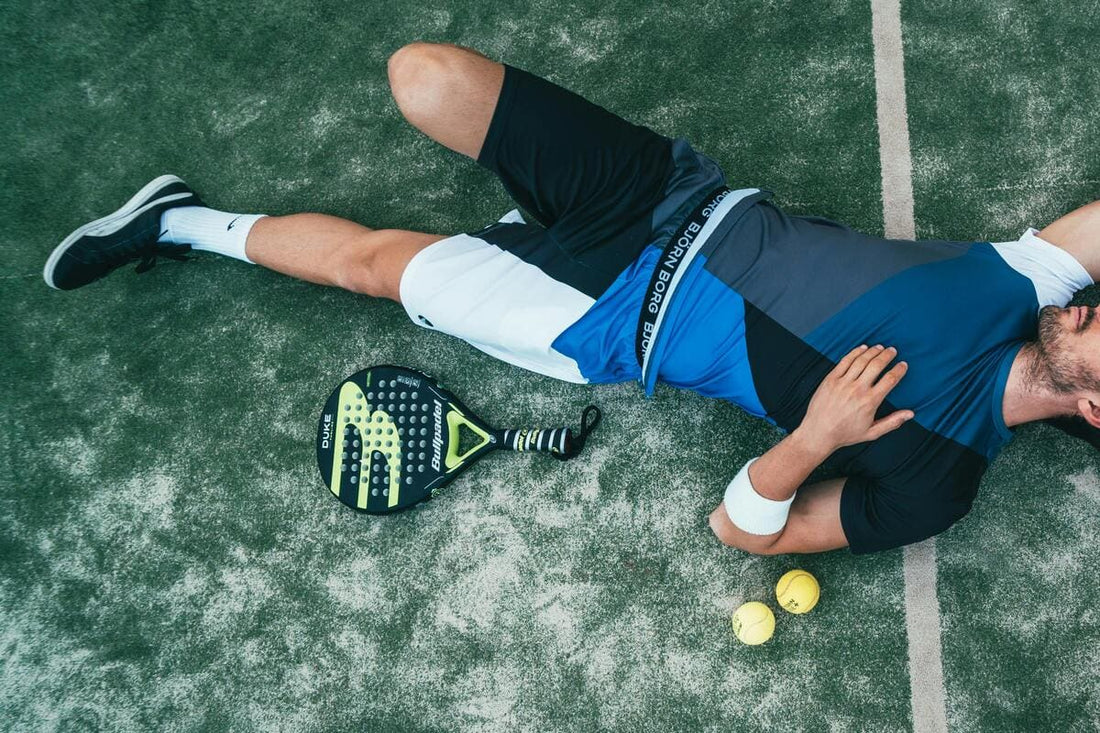Subscribe Us
Subscribe to our newsletter and receive a selection of cool articles every week
The impact of pressotherapy on the performance of athletes

We know firsthand that pressotherapy has become a key element for many athletes in recent years to improve their performance, to prevent injuries, or reduce the risk of them. Its ergonomic machines and ease of use at any time from home have led to more and more users trying this type of muscle therapy.
It is more than proven that sports performance depends not only on training and nutrition. This is something that our athletes have known practically since they started their journey in the world of sports. The third pillar for good sports performance is the ability to muscle recovery after exertion.
In this sense, pressotherapy is the key tool to optimize recovery, improve circulation and reduce muscle fatigue in athletes from various disciplines. Next, from SIZEN we bring you an article to explain how the treatment can benefit athletes and help them stay at their best level -and, of course, extrapolating it, how it would influence you-.
What is pressotherapy and how does it work?
The technical description of pressotherapy is that of a treatment based on the application of controlled pressure on the extremities, muscles, and fibers using pneumatic boots or sleeves connected to an air compressor. The device inflates and deflates the air chambers sequentially, producing a very rhythmic massage that stimulates blood and lymphatic circulation in the specific muscle area to be treated.
Moreover, this effect of compression and relaxation promotes the elimination of fluid retention and adipose fats, as well as waste substances accumulated in muscle tissues after intense exercise. Therefore, if you are wondering, the answer is yes: it helps reduce body inflammation and edema, promoting a faster and more efficient recovery and reducing swelling in many areas of your body.
Benefits of pressotherapy in athletes
These are the main benefits:
- Reduction of muscle fatigue: One of the main benefits of pressotherapy is its ability to accelerate the elimination of accumulated lactic acid in the muscles. During intense exercise, the body generates lactic acid as a byproduct of anaerobic metabolism, which causes a burning sensation and muscle fatigue. Pressotherapy helps to drain these metabolic waste products, reducing the feeling of tiredness and allowing athletes to recover their performance more quickly.
- Reduction of inflammation and edema: Intense physical effort generates micro-injuries in muscle fibers, triggering an inflammatory response. As a consequence, there is increased capillary permeability and accumulation of fluids in the tissues, causing swelling and discomfort. Pressotherapy promotes the reabsorption of these fluids, reducing inflammation and helping to prevent overload injuries.
- Improvement of blood and lymphatic circulation: Pressotherapy acts as a deep massage that stimulates blood and lymphatic flow. This not only allows for better oxygenation of the tissues but also facilitates the elimination of toxins and reduces fluid retention. An efficient circulatory system contributes to faster and more effective muscle recovery.
- Injury Prevention: Accumulated fatigue and poor circulation can increase the risk of muscle and joint injuries. Pressotherapy helps prevent these issues by improving tissue elasticity and reducing muscle stiffness. By incorporating this treatment into their recovery routine, athletes can minimize the risk of experiencing overloads or micro-injuries that affect their performance.
Scientific evidence on pressotherapy in sports
Although there are numerous studies on the effects of pressotherapy on athletes, the results clearly vary depending on the type of sport they practice, the intensity of the effort these athletes undergo, and the variables analyzed - for example, playing one match a month is not the same as being a starter every weekend-.
Some studies suggest that pressotherapy does not directly influence the improvement of sports performance in terms of records or times, and this is more than evident, as it does not act as a plus to training. However, it has been shown to promote faster recovery and reduce the perception of fatigue and muscle pain, and that, in the case of elite athletes, is something very necessary.
It has been proven that the application of pressotherapy after exercise accelerates the elimination of lactic acid and reduces muscle inflammation, allowing athletes to resume their training with less discomfort and greater efficiency. Furthermore, some studies indicate that its continued use may reduce the duration and intensity of delayed onset muscle soreness (DOMS), commonly known as "soreness."
Integration of pressotherapy into the sports routine
"To achieve the best results, pressotherapy should be strategically incorporated into the athlete's training and recovery plan. Some recommendations include:"
- Immediate use after physical activity: Applying pressotherapy after intense training or competitions helps to accelerate muscle recovery.
- Regular sessions: Using pressotherapy periodically, even on non-training days, promotes circulation and prevents the accumulation of fatigue.
- Combination with other methods: Complementing pressotherapy with other recovery strategies such as stretching, proper hydration, and balanced nutrition enhances its benefits.
That said, from SIZEN we urge both elite athletes and any user who practices any type of sport or training of any intensity to resort to pressotherapy as a post-training resource.
Its positive effects on the reduction of lactic acid and the decrease of edema make it a valuable tool for preventing injuries and maintaining a high level of physical performance -in addition to its effects on improving circulation and, therefore, reducing the body swelling that bothers us so much-. Integrated into a well-planned recovery routine, pressotherapy can make a difference in the preparation and well-being of any athlete.








